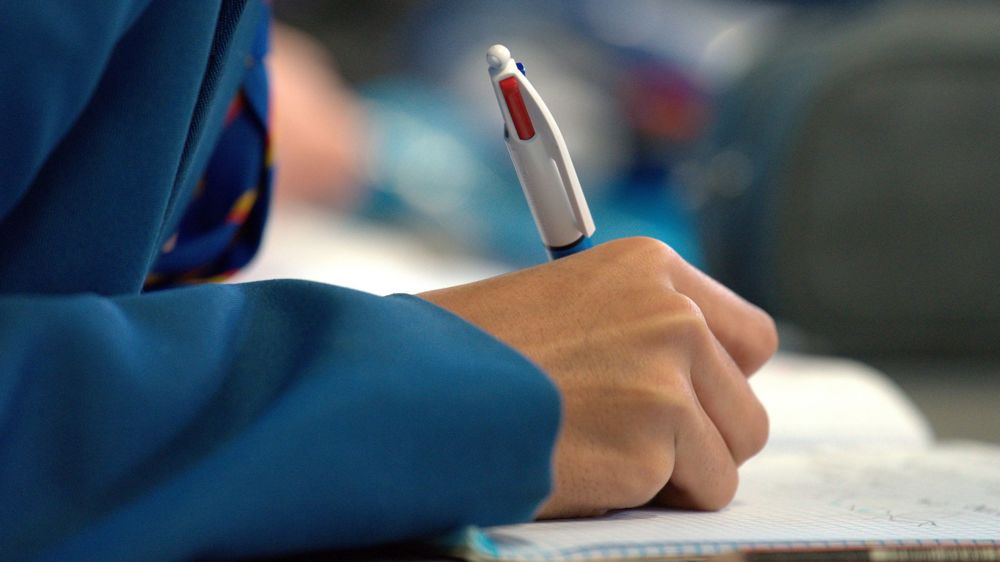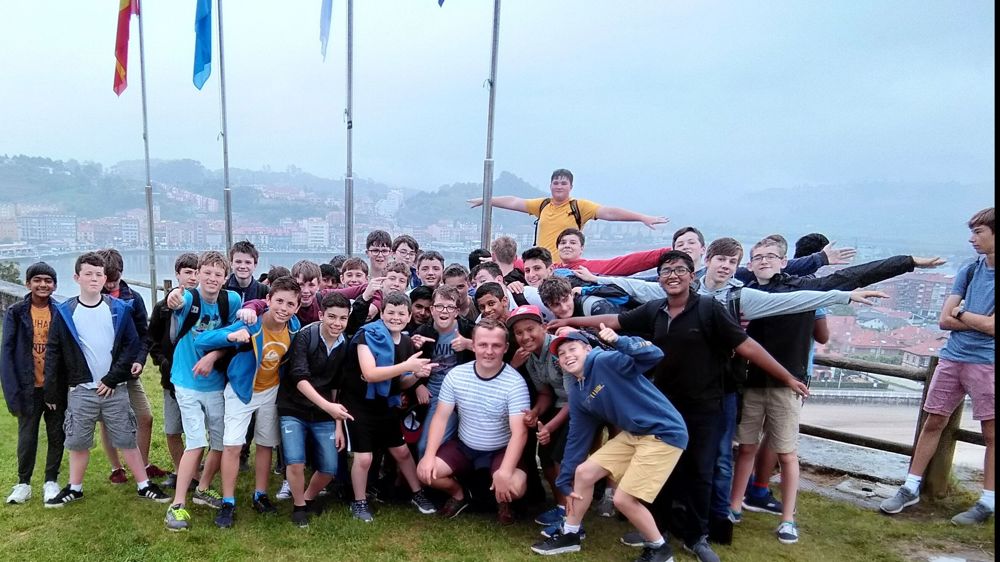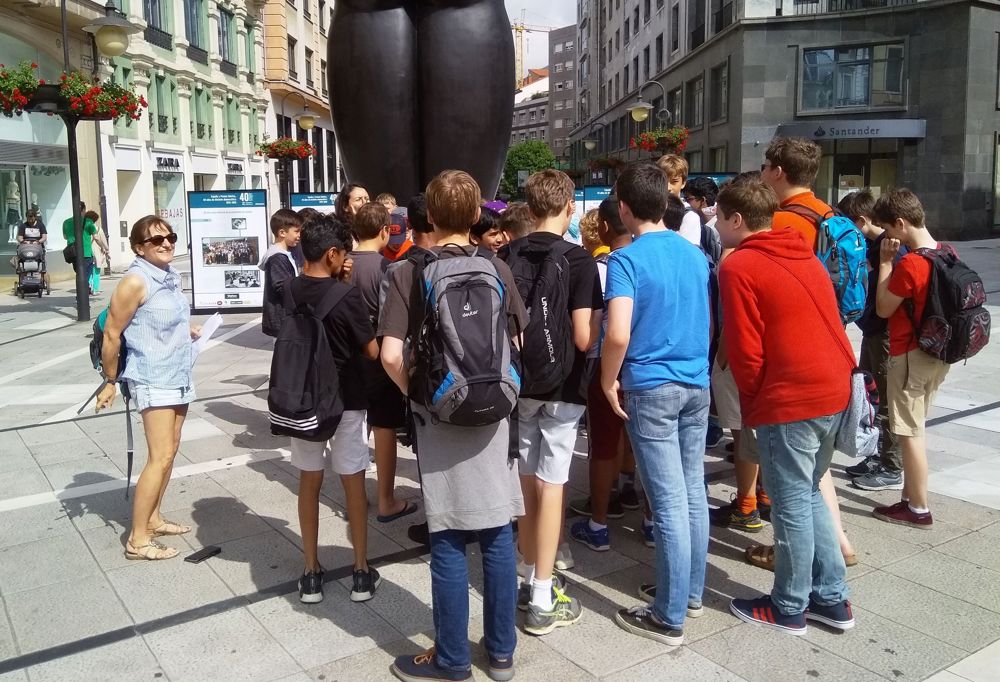
Spanish
Spanish is taught in the MFL Department at Sir Thomas Rich's, alongside French and German. The official language in 21 countries, Spanish is the third most widely-spoken language in the world, after English and Mandarin.
More than 400 million people speak Spanish worldwide and experts predict that by the year 2050, there will be 530 million Spanish speakers, of which 100 million will be living in the United States. Our expert language teachers aim to create strong, independent linguists who can competently and confidently use Spanish in a wide variety of situations, from business and travel to education.
In Year 9 students must choose at least one Modern Foreign Language to study at GCSE level.

Key Stage 3
Key Stage 3 students are taught languages for a total of six periods a fortnight, including French, German and Spanish, with a 30-minute homework task every week.
The text books used in Spanish can be accessed remotely from home, enabling students to listen to audio activities again at their own pace, as frequently as necessary. They can check topic specific vocabulary lists as well as grammar. All students are assessed half termly. Two of the four skill areas are assessed each time. In addition, students complete an end of year examination in Spanish which assesses all the topics studied as well as grammar.
Year 7
Introducing yourself. School life. Family. Where you live. Free time. Describing your town.
Year 8
Describing friends and talking about different nationalities. Talking about places in town. Where you went on holiday. Food and meals. Clothes. Shops and shopping.
Year 9
My computer and media. Talking about school subjects and teachers. Health and lifestyle changes. Money, jobs and future plans. The Hispanic world and environment. Visiting a Spanish family and travelling.
Useful Links

Key Stage 4
Pupils follow the AQA specification for five periods of Spanish a fortnight. The text books used in Spanish can be accessed remotely from home, enabling students to listen to audio activities again at their own pace, as frequently as necessary. They can check topic specific vocabulary lists as well as grammar. Following trial examinations earlier in Year 11, the final examinations are sat at the end of the year: Listening 25%; Speaking 25% (role play, photo card and general conversation); Reading 25%; Writing 25%.
Year 10
Identity and culture. Technology. Free-time activities. Customs and festivals. Home, town and neighbourhood.
Year 11
Family relationships. Future plans. Social media. Spanish customs. Healthy living. Environmental issues. Describing your region.
Useful Links
Enrichment
A residential trip to Ribadesella, Asturias, is offered to Spanish students in Year 9. This trip takes place at the end of June/beginning of July and runs every other year. Students have the opportunity to visit the Tito Bustillo prehistoric caves, canoe down the Sella River and spend the day in Oviedo.
Year 10 students have the opportunity to take part in a language exchange trip,spending one week living with a host family in Spain towards the end of the October half-term, with the Spanish students visiting Gloucester the following March. Trips on the Spanish leg have included Toledo, the historic capital of Spain, Segovia with its Roman Aquaduct, as well as Madrid itself, including La Reina Sofia Museum where you can see Picasso’s Guernica, Real Madrid’s Bernabeu Stadium and the Palacio Real.
Head of Spanish
Tom Reece tjr@strs.org.uk